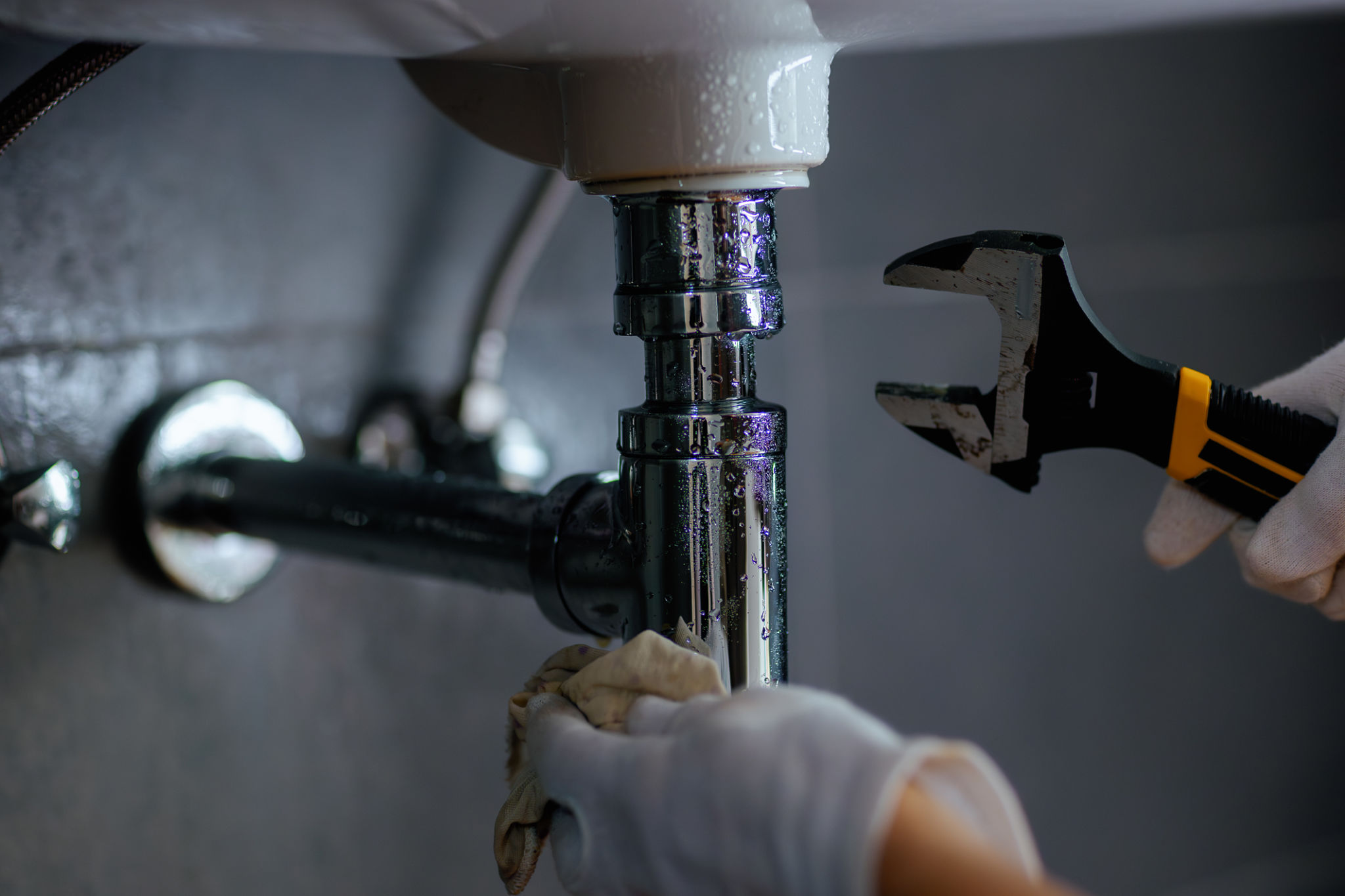Comparing PVC and Other Plumbing Materials: Making the Right Choice
Understanding PVC in Plumbing
When it comes to plumbing materials, PVC, or polyvinyl chloride, has become a popular choice among homeowners and professionals alike. Its durability, cost-effectiveness, and versatility make it a strong contender in the market. But how does it stack up against other plumbing materials? In this post, we'll delve into the pros and cons of PVC compared to other options, helping you make an informed decision for your plumbing needs.

Advantages of PVC
PVC is renowned for its resistance to corrosion and chemical damage, which is a significant advantage over metal pipes. It is lightweight, making it easier to install and handle, reducing labor costs. Additionally, PVC pipes tend to be less expensive than metal alternatives, making them an economical choice for both residential and commercial projects.
Another benefit of PVC is its smooth interior surface which minimizes friction and improves water flow. This can lead to more efficient plumbing systems that conserve energy and water. Moreover, PVC is recyclable, contributing to a more sustainable environment compared to some other non-recyclable materials.
Comparing PVC with Copper
Copper has been a traditional choice for plumbing for many years. It is known for its longevity and heat resistance, which makes it suitable for hot water lines. However, copper is susceptible to corrosion over time and can leach into water, posing potential health risks. Additionally, copper is more expensive than PVC both in terms of material cost and installation.

On the other hand, PVC may not withstand high temperatures as well as copper, limiting its use in certain applications. Nonetheless, for cold water lines and drainage systems, PVC remains a preferred choice due to its cost-effectiveness and ease of maintenance.
PVC vs. PEX
PEX, or cross-linked polyethylene, is another popular plumbing material that offers flexibility and ease of installation. Unlike PVC, PEX can bend around corners without the need for additional fittings, reducing the risk of leaks. It is also resistant to scale and chlorine, making it a durable option for many plumbing systems.
However, PEX may not be suitable for outdoor use as it can be damaged by UV light. Additionally, while PEX offers excellent thermal properties, it can be more expensive than PVC. The choice between PVC and PEX often depends on the specific requirements of the plumbing project and environmental factors.

Environmental Considerations
When considering plumbing materials, environmental impact is an essential factor. As mentioned earlier, PVC is recyclable and can be repurposed into new products. However, the production process of PVC involves chlorine, raising concerns about its environmental footprint.
In contrast, copper is a natural element that can be recycled indefinitely without degrading its quality. PEX, although durable and efficient, poses challenges in recycling due to its cross-linked structure. Therefore, when choosing a plumbing material, it's crucial to weigh the environmental impacts alongside other factors such as cost and performance.
Making the Right Choice
Ultimately, the choice between PVC and other plumbing materials like copper or PEX depends on various factors including budget, application needs, and environmental considerations. For those seeking an affordable and versatile solution for non-extreme temperature applications, PVC remains a top choice.
Consulting with a professional plumber can also provide valuable insights tailored to your specific situation. By understanding the strengths and limitations of each material, you can ensure a reliable and efficient plumbing system that meets your needs.
